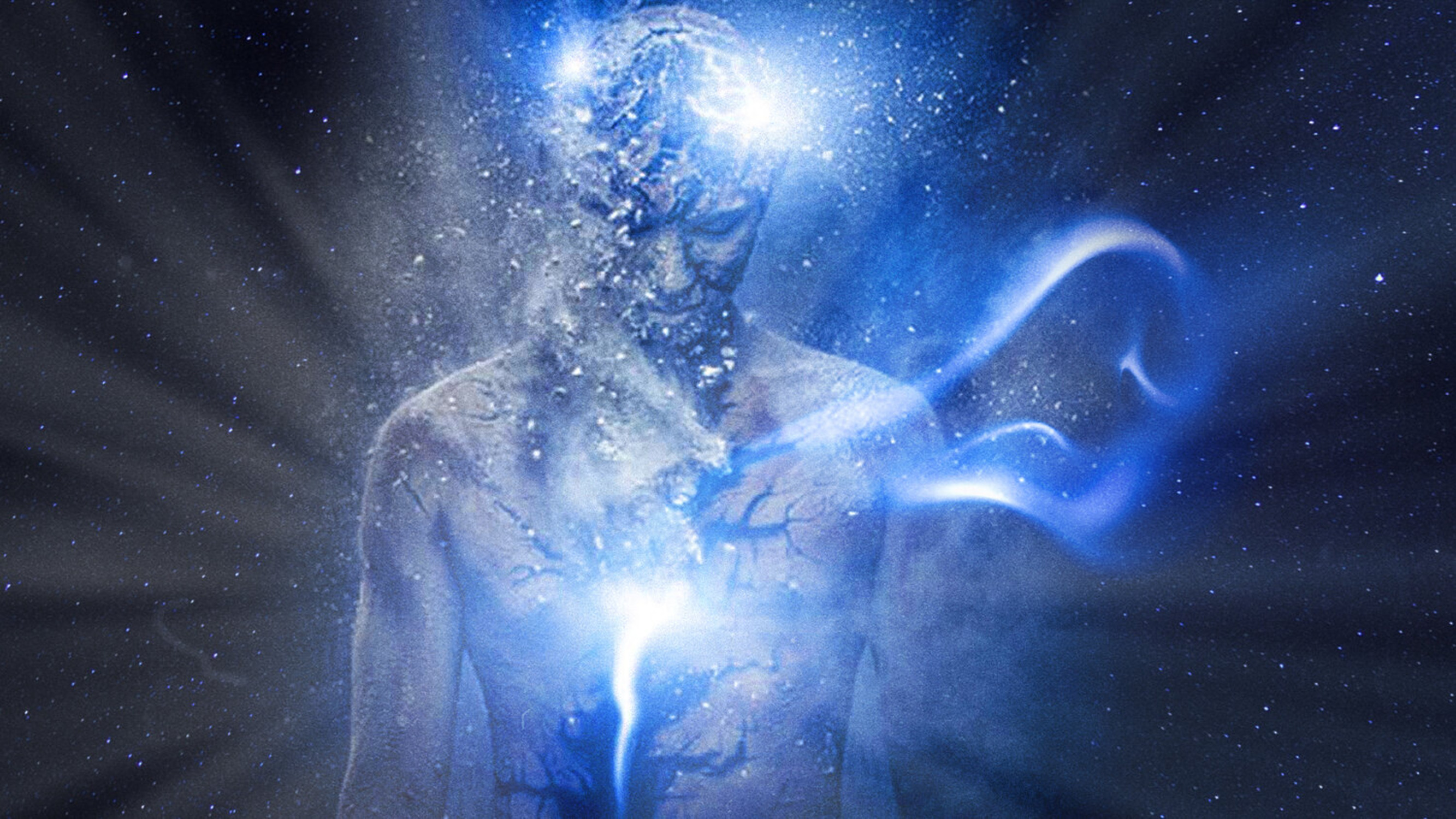Do You Think Soul Is Present In Every Living Being?
In the intricate web of existence, the essence of life transcends form and species. However, do you think soul is present in every living being?
Author:Evelyn AdamsReviewer:Calvin PenwellFeb 29, 202432 Shares31.5K Views

It is possible for a person to instantaneously comprehend the existence of God after they have gained an understanding of the existence of the soul. God is a very large soul, but the soul of a living being is very small; however, in terms of quality, they are comparable to one another. This is the distinction between God and the soul. While God is everywhere, the living entity is confined to a specific location. However, both the nature and the quality are identical.
Without a doubt, a soul is present in every living being, and it is the origin of all of the energies that are responsible for the care and maintenance of the body. The term "consciousness" refers to the experience of having the energy of the soul dispersed throughout the entire body. This concept transcends cultural boundaries, religious doctrines, and scientific paradigms, speaking to the fundamental interconnectedness and inherent divinity that unites all life forms.
Unveiling The Essence Of Soul
The first step in comprehending the idea that a soul is present in every living being is to embark on a trip into the very core of existence itself. Throughout the course of human history, the concept of the soul has been firmly ingrained in the spiritual and theological ideologies of various civilizations. It is frequently referred to as the everlasting and immaterial essence of a living being, which is distinct from the physical body but is intricately interwoven with it.
In the religion of Hinduism, for instance, the concept of Atman is a reflection of the relationship between the individual soul and the universal soul, also known as Brahman. In a similar vein, the soul is considered to be the immortal component of a person, which is bestowed by the divine, according to the Christian religion.
Soul In The Scientific Lens
Although the concept of the soul has historically been a topic of spiritual contemplation, it has also long fascinated philosophers who are interested in the field of science. In the past, researchers in the fields of neuroscience, philosophy, and psychology have investigated concerns about consciousness, identity, and the fundamental nature of existence.
When viewed from a scientific point of view, the concept of the soul frequently coincides with conversations about consciousness, which is a topic that continues to challenge the conventional understanding of the issue. Some theories indicate that consciousness may be an emergent characteristic of complex brain networks, while others propose a more expansive perspective that encompasses non-physical components of life. Despite the fact that the specific nature of consciousness is still a mystery, some ideas suggest that it may be an emergent property.
The Oneness Of All Life
A fundamental aspect of the idea that "soul is present in every living being" is the acknowledgment of the unity that lies beneath all forms of existence. There is a spark of life that is instilled into every entity, from the tiniest microbes to the grandeur of ancient trees.
This spark of life is a reflection of the divine in its own unique form. In ecological systems, where every organism plays an essential part in maintaining the web of life, this interconnectivity is not only a philosophical ideal; rather, it is profoundly knit into the fabric of ecological systems.
Compassion And Reverence
Embracing the notion that "soul is present in every living being" brings forth a fundamental transformation in perspective—one built in compassion, empathy, and reverence for all life.
Our relationships with the natural environment and with other creatures are imbued with a greater degree of sensitivity and care when we acknowledge the inherent dignity and holiness that is present in every creation. We are inspired to nurture harmony and balance in our relationships with the Earth and its various creatures as a result of this understanding, which fosters a deeper sense of responsibility for our world and the residents of it.
Cultivating Connection
In a world that is frequently characterized by separation and strife, the acknowledgment of the presence of the soul in every living being acts as a powerful catalyst for the cultivation of connection and harmony.
There are several accounts of people who have had deep experiences of connectivity with nature and other beings, moments that transcend language, culture, and belief systems.
These accounts may be found in a wide variety of cultures and traditions. We are reminded of our common humanity and the interconnectedness of existence, which is a tapestry in which we are all intricately woven. These experiences bring us closer together.
Embracing Diversity
Understanding that a soul is present in every living being encourages us to accept the beautiful tapestry of difference that is characteristic of life on Earth. This understanding is referred to as understanding diversity.
In the same way that every note contributes to the composition of a musical symphony, every living being brings its own distinctive song to the chorus of existence. Enriching our collective experience and expanding our ability for empathy and understanding are both outcomes that result from celebrating this diversity.
Taking Care Of The Soul
In the midst of the chaos and activity that characterize contemporary life, it is easy to lose sight of the more profound aspects of existence, which are the realms of the soul that strive for nutrition and connection.
The cultivation of activities that nourish the soul, whether via meditation, contemplation, or communion with nature, becomes crucial in the process of rekindling our awareness of the presence of the divine both inside and around us. In addition to serving as portals to more profound levels of consciousness and connection, these activities serve to remind us of the innate spiritual nature that we all possess.
Soul Is Present In Every Living Being - FAQ's
Do All Living Beings Have A Soul?
Other religions (most notably Hinduism and Jainism) believe that all living things from the smallest bacterium to the largest of mammals are the souls themselves (Atman, jiva) and have their physical representative (the body) in the world.
What Believes That All Living Things Have A Soul?
Animism entails the belief that "all living things have a soul", and thus, a central concern of animist thought surrounds how animals can be eaten, or otherwise used for humans' subsistence needs.
Where Is Soul Present?
The soul or atman, credited with the ability to enliven the body, was located by ancient anatomists and philosophers in the lungs or heart, in the pineal gland (Descartes), and generally in the brain.
Final Words
The realization that a soul is present in every living being acts as a guiding light in the magnificent tapestry of existence. It serves as a reminder of the sacredness and connectivity that contribute to the infusion of meaning and purpose into all forms of life.
This timeless truth encourages us to embrace compassion, foster connection, and honor the divine spark that animates everything, regardless of whether we view it through the lens of spirituality, science, or our own lived experience.
The shining thread of the soul that connects us all together in the broad embrace of creation may guide us as we travel through the ever-unfolding mystery of existence. May we walk with reverence and amazement as we make our way through this trip.

Evelyn Adams
Author
Evelyn Adams is a dedicated writer at Kansas Press, with a passion for exploring the mystical and uncovering hidden meanings.
Evelyn brings a wealth of knowledge and expertise to her insightful articles. Her work reflects a commitment to providing accurate information, thoughtful analyses, and engaging narratives that empower readers to delve into the mysteries of the universe.
Through her contributions, Evelyn aims to inspire curiosity, spark imagination, and foster a deeper understanding of the supernatural world.

Calvin Penwell
Reviewer
Since diving into numerology in 1997, my path has been marked by extraordinary encounters and insights. A pivotal moment was uncovering a forgotten numerological manuscript in a tucked-away Italian library, which deepened my connection to the ancient wisdom of numbers. Another transformative experience was a meditation retreat in Nepal's tranquil mountains, where I honed my intuition and the art of interpreting numerical vibrations.
These adventures have not only enriched my numerological practice but also my ability to guide others towards understanding their destiny and life's purpose. My approach is deeply personal, rooted in a blend of historical knowledge and intuitive insight, aimed at helping individuals find their alignment with the universe's abundant energies. My mission is simple: to share the power of numerology in illuminating paths to abundance and fulfillment.
Latest Articles
Popular Articles

